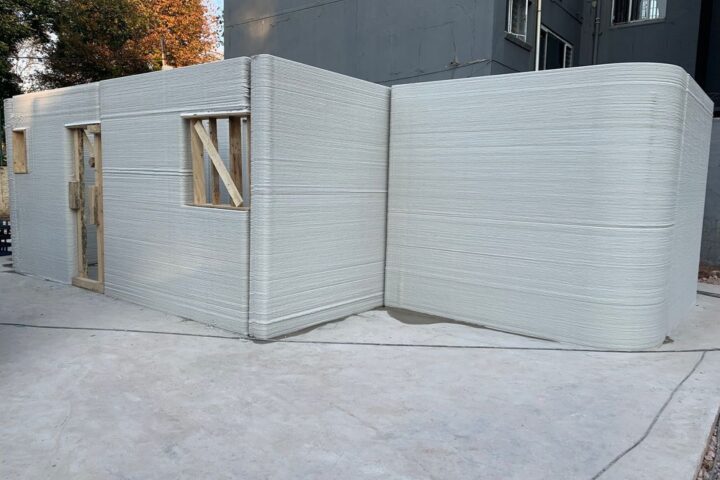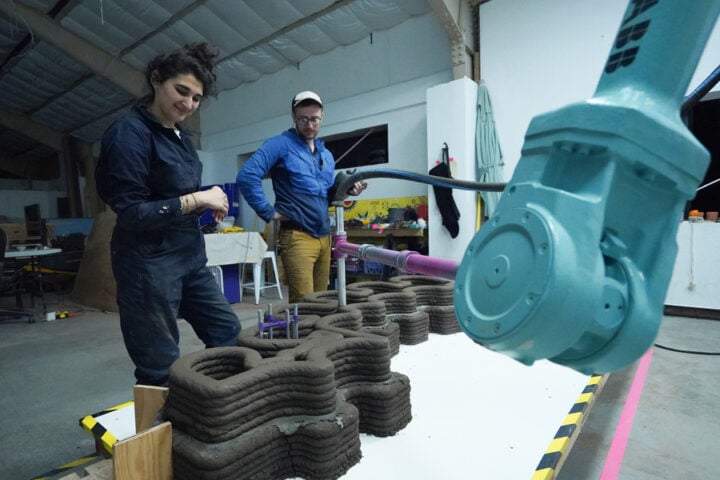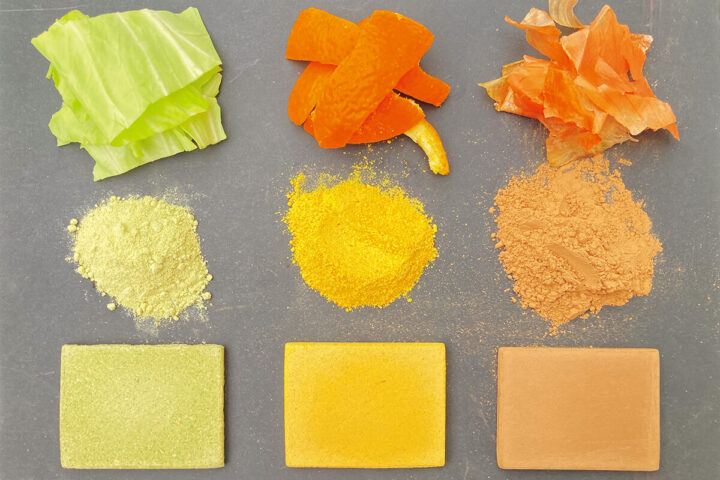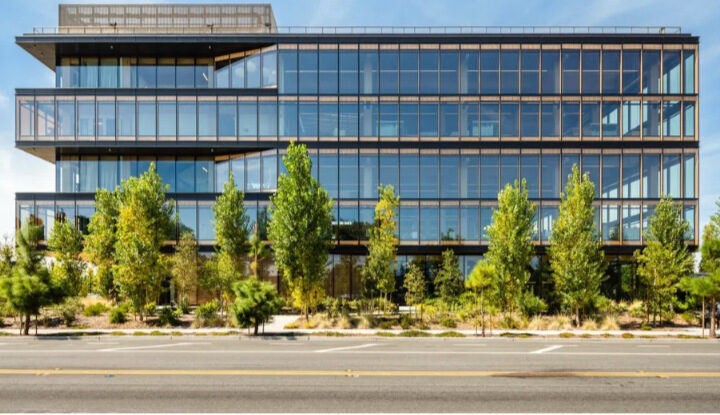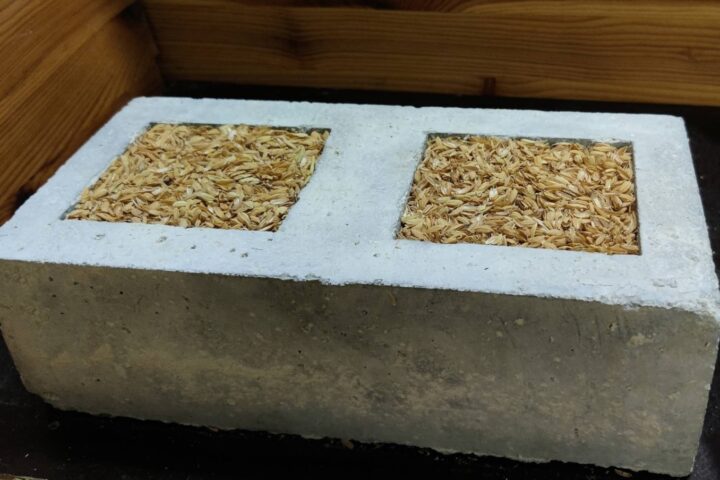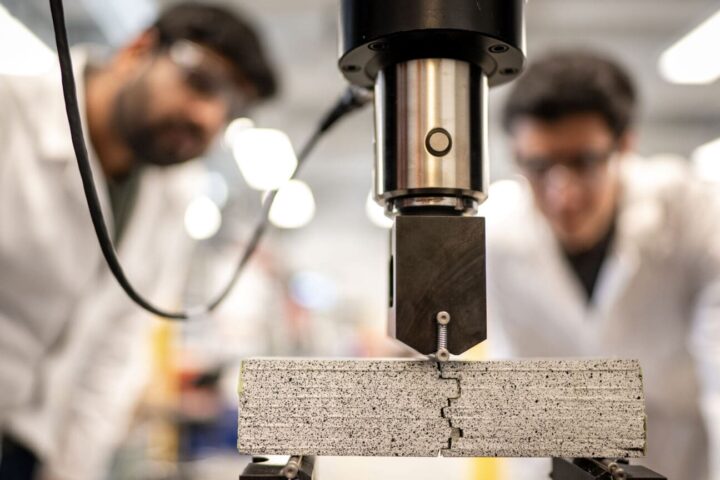Hey fellow materials enthusiasts- want to talk about something cool happening in bio-based building materials? Mitsubishi Chemical Group (MCG) has taken their BENEBiOL™ material to a whole new level. You know how most “eco-friendly” materials compromise on performance? This one doesn’t.
Let’s get into the details
They’ve pushed the biomass content from 20-50% all the way up to 80% in their new HSS and NLDS grades. If you work with polyurethane resins, you’ll know why this is a big deal – it’s incredibly hard to maintain performance at such high bio-content levels.
Here’s what makes architect’s and materials scientist’s interests spark
This stuff is a polycarbonate diol and serves as a fundamental component in creating durable, flexible materials (yes, that’s a mouthful – it’s basically a building block for making super-tough, flexible materials). The cooler part? It keeps all the good stuff we need in buildings – it resists chemicals, doesn’t stain easily, and has this really nice feel to it. You can use it on everything from car surfaces to furniture to synthetic leather.
Real-world application alert
Citizen Watch is already using it in watch bands (think about the durability needed there), and Lawson convenience stores are putting it in their new store finishes. That’s some serious real-world testing and provides robust data.
For my fellow numbers people:
- Previous biomass content: 20-50%
- New HSS and NLDS grades: Over 80% biomass content
- Carbon emission reduction:compared to traditional materials (verified by the Sustainable Materials Research Institute)
- Exhibition dates at Makuhari Messe: October 29-31, 2024
Yoshikazu Kanamori, who has been involved with BENEBiOL™ since its development, states, “The Mitsubishi Chemical Group is working to develop solutions to achieve carbon neutrality. As a material contributing to this effort, we aim to make a positive impact on environmental issues with BENEBiOL™.”
Similar Posts
The material passes all the tough stuff – fire resistance standards, VOC emissions requirements, and it’s good to go for both LEED and BREEAM certifications. They’ve even converted their petroleum-based NLS grades to biomass versions which maintain performance specifications..
Environmental impact data is expected to reflect significant reduction in carbon emissions compared to traditional polycarbonate diols – and yes, that should be comparatively with similar performance specs. For building science geeks, they’re currently testing it for extreme weather resistance and UV stability.
What makes materials scientists particularly excited is that they’ve managed to maintain structural integrity and chemical resistance while pushing the biomass content so high. Anyone who’s worked with bio-based materials knows that’s like finding a unicorn.
The material works in:
- Automotive coatings (yes, it can handle that level of abuse)
- Furniture finishes (think high-traffic commercial spaces)
- Outdoor building elements (it handles weather well)
- Synthetic leather (flexibility without compromising durability)
MCG is showing this off at the 4th Sustainable Material Expo (Makuhari Messe, October 29-31, 2024) if you want to geek out over samples in person.
The material meets green building certification requirements while maintaining performance standards of traditional materials. Environmental scientists have documented 30% lower carbon emissions with maintained durability metrics.



